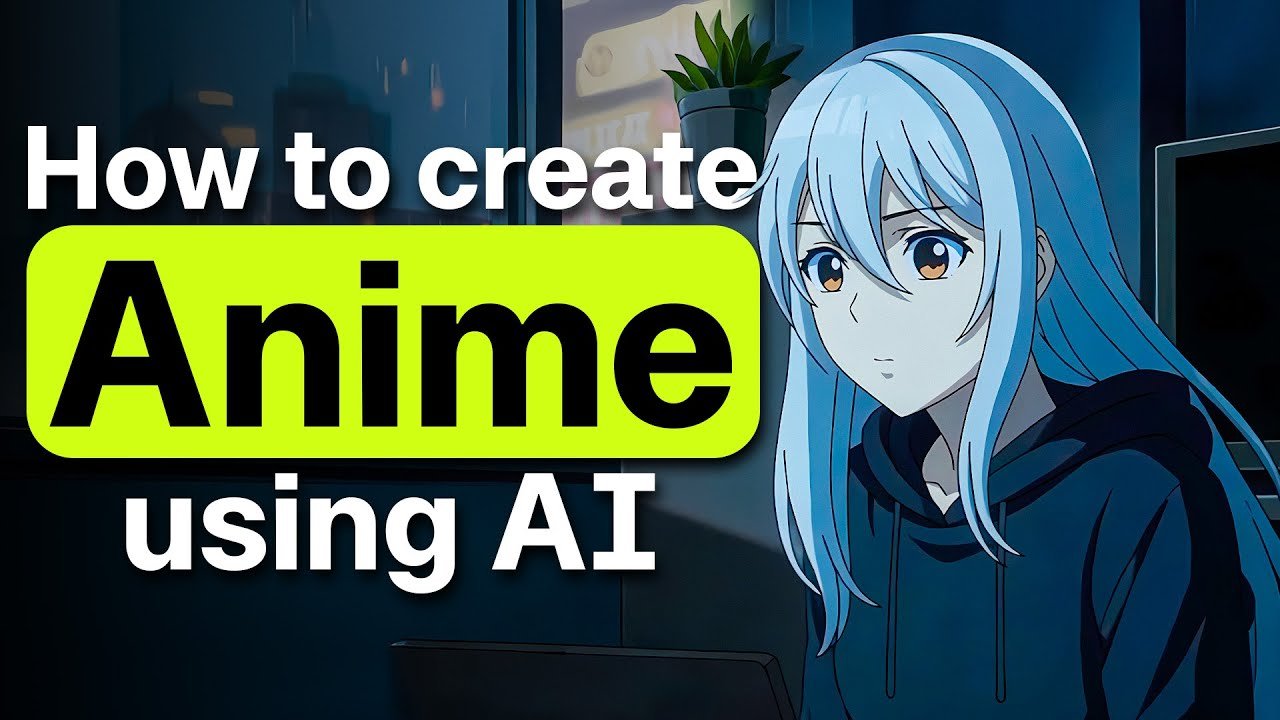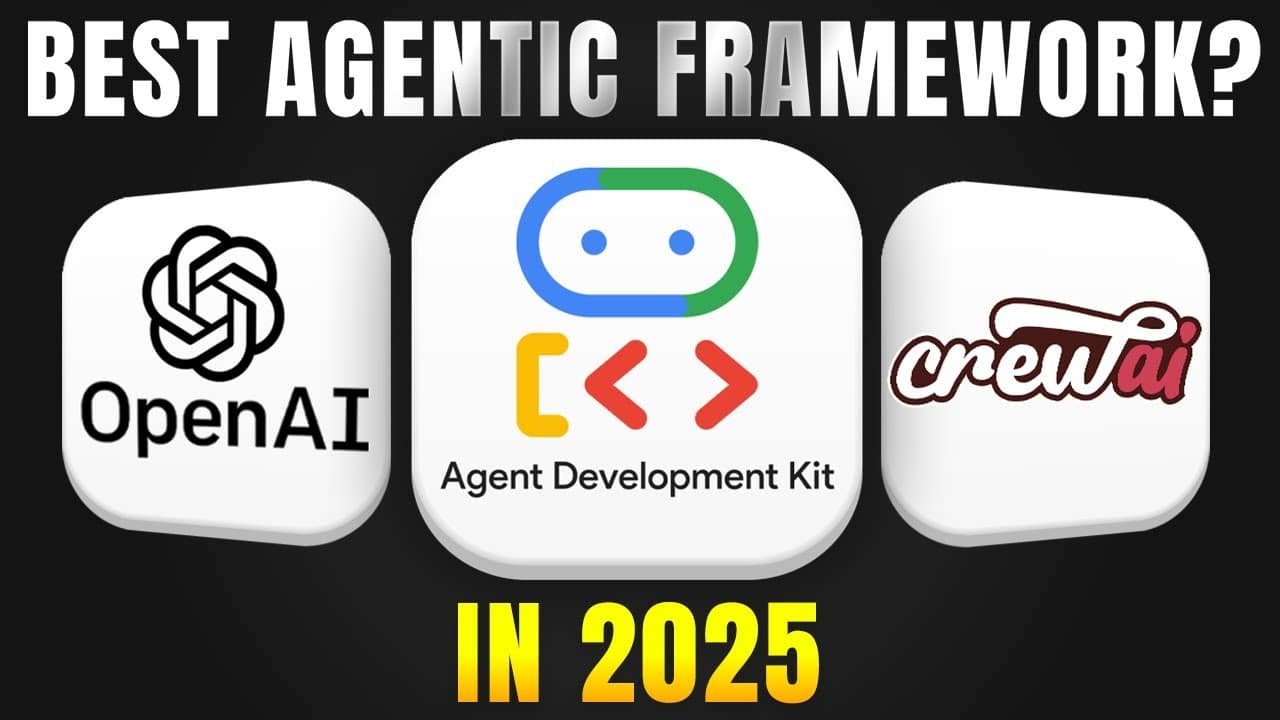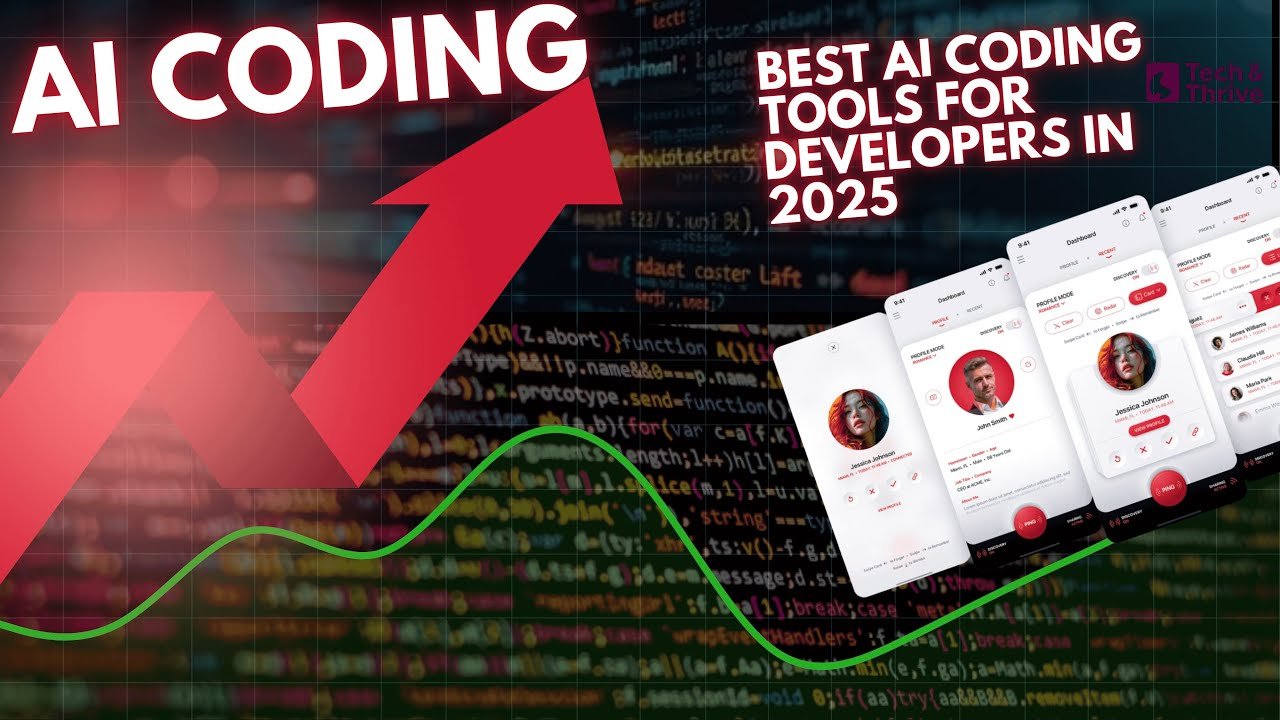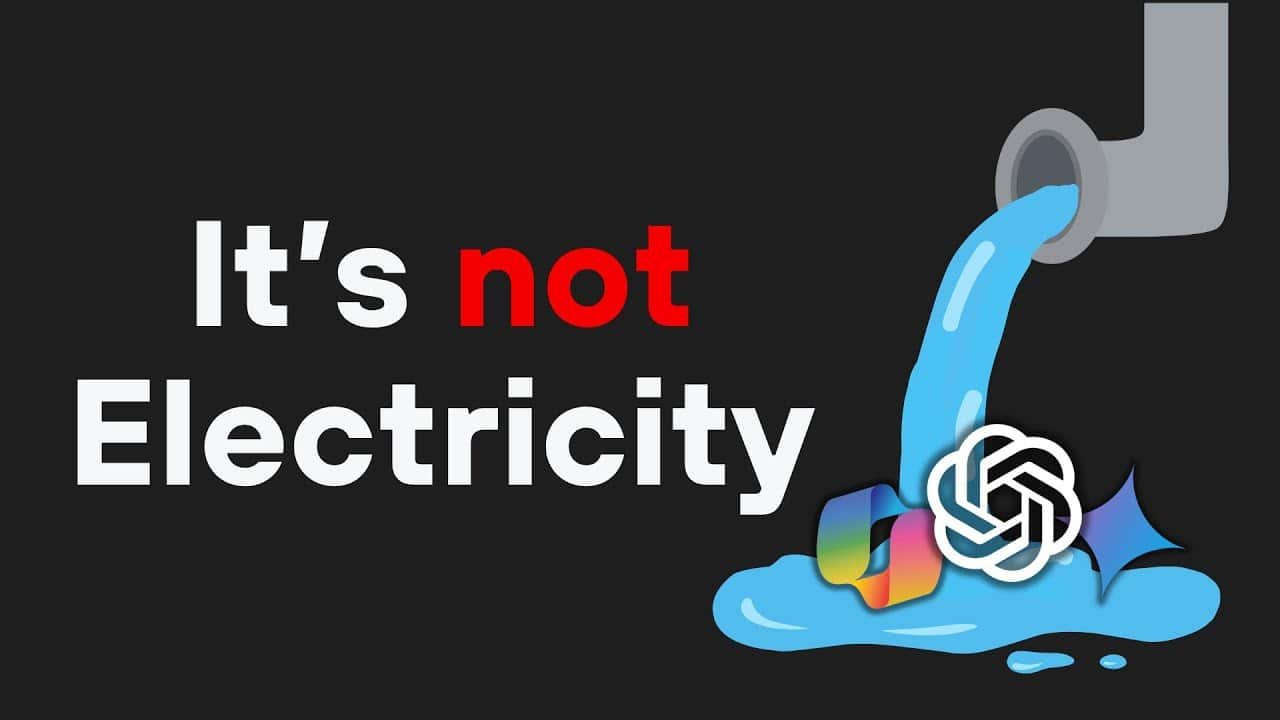AI Training Jobs You Can Do From Anywhere (Even If You’re Not an Expert)
You’re not going to become a millionaire with these—but if you’re looking for legit AI training jobs, side hustles that work globally, and a way to earn extra cash online, this blog is for you.
What Are AI Training Jobs?
If you’ve ever used ChatGPT or any AI tool and thought, “Hmm… this answer could be better,” then congratulations—you already understand the basics of an AI training job.
AI training jobs are roles where real humans like you and me help teach, rate, or improve artificial intelligence systems. These are not coding-heavy jobs reserved for software engineers. In fact, many of them are specifically designed for people without a tech background. As someone who has explored multiple platforms like Toloka, Outlier, and Mindrift, I can say firsthand: these jobs are real, legit, and accessible—even if you’re just starting.
“If you’re brand new to AI and wondering how tools like ChatGPT or Midjourney even work, you might want to start here with our beginner’s guide to using AI tools before diving into training jobs.”
So What Does an AI Trainer Actually Do?
Think of AI like a student. The more quality feedback and corrections it gets, the smarter it becomes. Your job is to guide AI systems to learn like a human would—but faster.
Here are some common tasks I’ve personally worked on or seen across platforms:
✅ Rating Chatbot Responses: You’re given a prompt and two AI-generated replies. You decide which one is better and why. It’s kind of like judging a debate.
✍️ Rewriting Prompts or Responses: Sometimes the AI gets things wrong, or it writes in a robotic tone. Your job? Rewrite it to sound more natural, polite, or professional.
🧠 Fixing Grammar and Tone: You’ll be surprised how often AI misuses commas or misreads tone. As a trainer, you act as the editor-in-chief.
🖼️ Annotating Images: Some platforms ask you to label objects in photos to help train visual AI models. (Great for visual learners!)
🎧 Transcribing Audio: You might listen to clips and convert them into accurate text—essential for training voice assistants.
🔍 Fact-Checking AI Answers: One task I enjoyed was cross-verifying AI answers using tools like Perplexity.ai to make sure the information is accurate and not AI “hallucination.”
My Experience: How I Got Started in AI Training Jobs
When I first stumbled upon this world, I was skeptical. Could someone from a non-coding background actually help train AI?
But once I signed up for Toloka, it changed my perception. The mobile app made it super easy to pick up bite-sized tasks—like checking if a response matched a prompt or if an image matched a caption. I could do them from my phone while commuting or in between work.
Then I found Outlier.ai and Mindrift, where the tasks were a bit more involved—rewriting, editing, and rating—but the pay was better. I wasn’t making thousands, but the flexibility and learning were 100% worth it. Plus, I started understanding how AI learns, which opened my eyes to the future of tech.
Why These Jobs Matter
AI models are only as smart as the humans who train them. If they get bad data or biased responses, they fail in the real world. That’s why platforms rely on people from different countries, cultures, and languages—to create well-rounded systems.
And here’s the cool part: you’re shaping the future of AI, one task at a time.
Can You Really Make Money Training AI? (Yes—but Here’s the Real Truth)
Let’s be real—when people hear “AI jobs,” they imagine six-figure Silicon Valley salaries or fancy offices filled with robots. But here’s the truth: you can absolutely make money training AI—you just need the right mindset and realistic expectations.
As someone who has personally worked on platforms like Toloka, Outlier.ai, and Mindrift, I can confidently say: this isn’t a get-rich-quick scheme, but it’s a legit side hustle—especially if you’re looking for flexible work-from-home options.
How Much Can You Actually Make?
First things first: you’re not going to make $10,000/month training AI. That’s just not how these jobs work—at least not at the beginner level. But if you stay consistent, learn the platforms, and grab high-quality tasks, earning $100 to $500/month (or even more) is absolutely possible.
Here’s how it broke down for me:
🟢 Toloka: This was my starter platform. Simple microtasks like image labeling, yes/no rating, and checking relevance. I made around $80/month in my first 3 weeks, mostly working from my phone.
🟡 Outlier.ai: This required more thinking—editing responses, improving AI output, etc. The tasks paid better—$12 to $20/hour depending on the complexity. I earned $150+ in my first month part-time.
🔵 Mindrift: This was more premium and task availability fluctuated, but when the flow was steady, I made over $200+ doing quality response rating and prompt rewriting tasks.
If you’re based in countries like India, the Philippines, Kenya, Pakistan, or Brazil, this income goes even further due to the currency exchange rate. A couple hundred USD can make a big difference in your budget.
The Work Is Flexible—and That’s the Best Part
One thing I genuinely appreciate is the freedom. You don’t clock in at 9 AM or report to a manager. You pick tasks when you have time—before breakfast, during commute, or at night while watching Netflix.
There were weeks I didn’t work at all, and other weeks where I did 2-3 hours daily and saw solid returns.
It’s great for:
🏠 Stay-at-home parents
🎓 Students
💼 Freelancers between gigs
🌍 People in countries where remote work options are limited
But Let’s Be Honest—There Are Challenges
This job isn’t all smooth sailing. Here’s what I learned:
❌ Task availability isn’t always consistent. Some weeks there are lots of projects, and other times it’s dry.
⏱️ You need patience. Tasks can be repetitive. Think data labeling or reading AI responses all day.
📚 You’ll need to learn. Each platform has guidelines, tests, and quality checks. Skipping instructions = rejection = no pay.
Still, if you treat it like a real job—even for a few hours a week—it’s totally worth it.
My Verdict? It’s Real. It’s Worth It. But Don’t Expect Miracles.
If you’re looking to replace a full-time income, this isn’t the path (unless you scale up with multiple gigs, advanced roles, or agencies). But if you’re looking to make extra money on your own schedule, learn valuable digital skills, and be part of the AI revolution, this is one of the easiest ways to start—no coding required.
You’re helping train the very AI tools everyone’s talking about—and getting paid to do it.
Best AI Training Jobs in 2025 (With Real Examples & My Experience)
Looking to make money online in 2025 with real, remote AI jobs? You’re in the right place.
Whether you’re a student, a part-timer, or just someone looking to build passive income (or “smart money” as I call it), these AI training platforms offer legit opportunities. And yes, I’ve tested most of these myself—so you’re getting the real tea, not recycled content.
Let’s break them down 👇
1. Mindrift AI — Where I Landed My First AI Prompt Writing Task
If you’re new to AI jobs, this is a solid place to begin. I personally got in by applying for a prompt rewriting task. The test was straightforward: they gave me 3 prompts, asked me to improve them, and boom—I was in.

✅ Why I Like It:
Tasks are fun: Think of it like training ChatGPT or testing a baby MidJourney.
Great for writers: If you’re good with words, prompt creation and editing is your zone.
Global access: I’m in India, and had zero issues applying.
Pays per task: I made around $40 in 3 days doing 1–2 hours of prompt tasks.
💡 Pro Tip: Focus on the language-based tasks. Annotation can be mind-numbing unless you’re really into labeling boxes on images.
2. Outlier AI — The Most Professional Setup
When I say “professional”, I mean they actually train you. I signed up for a Hindi project. They sent over a test, did a 2-hour paid onboarding, and I was on a project correcting AI-generated Hindi sentences. Pay was decent too.

🌟 Features:
Supports multiple languages (Spanish, Hindi, French—you name it)
Paid onboarding: I earned $25 just learning the system.
High-paying: Some US freelancers are making $20/hour doing legal or medical text correction.
💬 “If you’re fluent in more than one language, this is a goldmine.”
3. Remotasks — The OG Platform With Mixed Feelings
Let me be honest: this one’s a hit or miss. I’ve made money here, but the pay depends on the task. I did image annotation for an autonomous vehicle project (basically drawing boxes around pedestrians) and made around $30 that week.

📋 Task Types:
Image annotation
AI model training
Content moderation
Transcription
Pay varies. You can make $3 to $10/hour, but it depends on how fast and accurate you are.
⚠️ Heads-up: The interface can be buggy. But if you stick with it, it pays.
4. Clickworker — The Easy Win For Beginners
Clickworker is like TaskRabbit but for your brain. You don’t need high skills to get started. I earned my first $15 checking grammar and doing surveys.

💵 Payment via:
PayPal
Payoneer
SEPA (for EU folks)
Not the highest-paying, but if you’re in a country with a weaker dollar exchange, this feels like a lot.
🌍 “Great for Southeast Asia, Africa, and Eastern Europe freelancers.”
5. Toloka by Yandex — My Personal Favorite (Because of the App)
I LOVE Toloka. Why? It’s mobile-friendly, and I can literally earn while watching Netflix. Tasks like rating AI responses or checking if an answer is factually correct take seconds.

📱 Best Bits:
Can be done 100% on your phone
Fun microtasks (fact-checking GPT-like answers, labeling things, etc.)
Pays fast via PayPal and other methods
Clear training modules for each task
I earned $60 in a week doing small tasks on breaks. Some tasks even paid me to take pictures (like “Show us your local supermarket shelf” lol).
💬 “Perfect if you’re waiting in line and want to make money instead of scrolling Instagram.”
🔍 Final Thoughts (And My Ranking)
| Platform | Best For | My Rating |
|---|---|---|
| Mindrift | Writers & students | ⭐⭐⭐⭐☆ |
| Outlier | Language experts | ⭐⭐⭐⭐⭐ |
| Remotasks | Data annotation newbies | ⭐⭐⭐☆☆ |
| Clickworker | Quick extra cash | ⭐⭐⭐☆☆ |
| Toloka | Everyday hustlers | ⭐⭐⭐⭐⭐ |
Tools to Help You Train AI Better
You don’t have to guess whether the AI is right. You can cross-check with other tools. My favorite? Perplexity AI
Let’s say you’re asked to verify a chatbot’s response. You can:
Ask the same question on Perplexity.ai
Check its sources and links
Compare the facts to the original response
Report any hallucinations or errors
This makes your work faster, more accurate—and you’ll get better ratings from clients or platforms.
Tips to Get Hired for AI Jobs Online
Breaking into AI training work is much easier than most people think—especially if you approach it the right way. These tips will help you get hired faster, even if you’re starting from scratch.
📝 1. Create a Clean, Focused Resume (Even Without AI Experience)
You don’t need a fancy resume to land an AI trainer job. What you do need is a simple, professional-looking document that highlights:
Your ability to follow instructions
Language fluency (especially English)
Attention to detail
Remote or freelance experience (if any)
Any task-based work (like transcription, translation, content writing, etc.)
💡 Tip: Highlight transferable skills like editing, data entry, or reviewing content—these are gold for AI rating roles.
🌍 2. Join Global Platforms That Don’t Require a US Address
Some of the best-paying AI training platforms are fully remote and accept workers from countries like India, the Philippines, Brazil, Kenya, and beyond.
Here are a few to start with:
Mindrift – Known for high-quality text-based AI work
Outlier AI – Offers consistent tasks and pays in USD
Toloka – Offers flexible microtasks (rating, labeling, etc.)
Remotasks – Offers both text and image-based annotation work
🧭 Pro Tip: Apply to multiple platforms at once. Some take weeks to approve you.
🧠 3. Take the Onboarding Process Seriously
AI platforms often require you to complete an assessment or “onboarding project.” This isn’t just a formality—it’s often your one shot to prove your attention to detail and comprehension skills.
Read the instructions twice
Avoid rushing
Don’t use AI to answer AI tasks—platforms detect it and disqualify you
🔥 Outlier’s onboarding, for example, involves evaluating and rewriting chatbot replies. They value clarity and tone accuracy, so take your time.
💬 4. Use Tools Like Grammarly to Polish Your Submissions
Many tasks involve rewriting sentences, correcting grammar, or refining tone. Even native speakers make small grammar mistakes that can cost them the gig.
✅ Use Grammarly or Quillbot to:
Fix grammar and punctuation
Improve tone (formal, neutral, etc.)
Rewrite unclear phrases
🪄 Polished responses = higher quality scores = more tasks unlocked.
🎯 5. Start General, Then Specialize (Healthcare, Legal, etc.)
Begin with general AI tasks (like chatbot ratings or image labeling). Once you get experience, aim for niche roles—these often pay better and have less competition.
🏥 Healthcare AI trainer jobs: Great if you’ve worked in healthcare or understand medical terminology.
⚖️ Legal AI training: Valuable if you have law or paralegal background.
🧪 Science or education-specific roles: Often need fact-checkers or content reviewers.
📈 The more specialized your knowledge, the higher your pay potential.
🧩 Bonus: Stay Active on Job Boards & Reddit
Check out:
r/WorkOnline
r/SideHustle
Jobspresso
We Work Remotely
These communities often post hidden gems for AI work-from-home jobs that aren’t listed on mainstream sites.
How Much Can You Earn Training AI?
Here’s a realistic breakdown:
| Platform | Average Hourly Pay | Beginner Friendly | Global Access |
|---|---|---|---|
| Mindrift | $5–$15 | Yes | Yes |
| Outlier | $8–$25 | Medium | Yes |
| Remotasks | $3–$10 | Yes | Yes |
| Clickworker | $2–$8 | Yes | Yes |
| Toloka | $3–$12 | Yes | Yes |
💡 Pro Tip: Combine 2–3 platforms to maximize monthly income. If you dedicate 2 hours a day, you could make $100 to $400/month easily.
Is It Worth Your Time?
✅ Yes, if:
You want flexible, remote, online work
You enjoy exploring AI tools
You live outside the US (where $1 = a lot more)
❌ No, if:
You’re expecting to make $1,000s/month quickly
You hate repetitive work
You don’t want to learn new tools or platforms
🌟 Real Success Stories from AI Trainers
It’s easy to feel skeptical about AI training jobs—are they legit? Can you actually earn money doing this from home? The short answer is yes. Thousands of people around the world are already earning money by helping improve AI systems—and many started with zero experience.
Here are a few real-world examples of success from everyday people who turned AI training into a reliable side hustle (and in some cases, more).
🇮🇳 Yugesh from India: Turning Spare Time into Steady Income
“I started with zero background in AI or tech. My first gig was with Outlier AI, where I had to review chatbot responses and fix grammar or tone. I made $200 in my first month working part-time in the evenings. Now I’m doing healthcare-related AI tasks that pay more, and I’ve hit over $500/month in consistent income.”
✅ Pro Tip: Dhan focused on specialized projects (like healthcare content), which often pay better than generalist roles.
🇰🇪 Faith from Kenya: From Freelancing to AI Trainer
“I was already doing transcription and content writing online, but AI work gave me more flexibility. I joined Mindrift and later Toloka. Some months are better than others, but I always earn enough to cover key expenses and save for the future.”
✅ Pro Tip: Faith signed up for multiple platforms—a smart way to keep earning even if one slows down.
🇵🇭 Mark from the Philippines: Building Confidence Through AI Work
“At first, I doubted myself because I wasn’t a native English speaker. But with tools like Grammarly, I passed the tests and got accepted. What I love most is working from anywhere—even during travel. I average $300–$400 a month now.”
✅ Pro Tip: Mark improved his writing using free tools and now consistently qualifies for higher-paying tasks.
🇧🇷 Ana from Brazil: Combining Study and Side Hustle
“I’m a university student and wanted flexible work. I started with Remotasks doing simple annotation work. Later, I transitioned into evaluating AI-generated texts. The hours are flexible, and the dollar income goes a long way here in Brazil.”
✅ Pro Tip: Ana started with microtasks, then leveled up to language-based tasks, which offer better pay.
🧠 The Takeaway
These success stories prove one thing: You don’t need to be a tech genius or live in the US to succeed in AI training. With consistency, the right platform, and a willingness to learn, you can turn this into a reliable source of income—whether it’s a side hustle or something more.
If you’re serious about getting started, check out the platforms mentioned above and follow our tips to increase your chances of landing your first AI training job.
🧠 Final Thoughts: Is AI Training Worth It in 2025?
In 2025, AI training jobs are more accessible than ever. You don’t need a tech degree, advanced skills, or even a computer in many cases—a phone, internet connection, and consistency are enough to get started.
These jobs won’t make you rich overnight, but they will give you:
🌐 A global, flexible way to earn money from home
💼 Real experience in the booming AI industry
📈 A stepping stone toward higher-paying remote work in the future
Whether you’re a student, stay-at-home parent, digital nomad, or just looking for side income, AI training jobs offer something rare in 2025—freedom and opportunity without the gatekeeping.
🔗 Ready to Start? Explore These Platforms:
✅ Mindrift AI – Focus on text improvement, easy onboarding
✅ Outlier.ai – Offers detailed training and fair pay
✅ Toloka – Open globally, pays per microtask
💬 Still have questions? Want more lists of legit work-from-home AI jobs?
Drop a comment below or connect with me on LinkedIn for weekly updates, platform reviews, and remote work tips.
👉 Don’t just scroll—start your AI side hustle today.
🙋♂️ Frequently Asked Questions (FAQ)
1. What are AI training jobs?
AI training jobs involve helping artificial intelligence models learn by labeling data, writing or editing prompts, reviewing responses, or moderating content. You’re basically teaching the AI how to think better.
2. Do I need a tech background to do these jobs?
Not at all! Many tasks—like rewriting AI prompts, reviewing chatbot answers, or transcription—require strong English or your local language skills, not programming. Perfect for students, freelancers, or part-timers.
3. How much can I earn from AI training jobs?
Earnings vary by platform and task type:
Prompt writing: $10–$25/hour
Data annotation: $3–$10/hour
Language review or moderation: $5–$20/hour
Consistency and task quality help you earn more over time.
4. Which platforms pay via PayPal or Payoneer?
These platforms offer flexible payment methods:
Mindrift: Depends on project, but most use PayPal/Direct Bank Transfer
Outlier: PayPal, AirTM
Remotasks: PayPal
Clickworker: PayPal, Payoneer, SEPA
Toloka: PayPal, Skrill, Payoneer
5. Can I do these AI jobs from my phone?
Yes! Toloka is 100% mobile-friendly and has an app. You can do microtasks like rating answers or taking photos on the go.
6. Is there any upfront payment or fee to join?
No legit AI platform should ask for upfront payment. All jobs listed in this post are free to join. If a site asks you to pay to “activate” your account, run away.
7. Can I work on multiple AI platforms at once?
Absolutely. Many freelancers work on 2–3 platforms depending on task availability. Just avoid double-dipping on the same task types if any platform restricts that.
8. How do I get accepted faster?
Submit a professional resume (even a basic one works).
Highlight writing, editing, or language skills.
Take your time on any qualification tests—they often decide if you get long-term tasks.
9. Are these AI jobs safe and secure?
Yes, all listed platforms are legit and well-reviewed by the online freelancing community. Just make sure to protect your personal data and avoid giving out unnecessary details.
10. What are the easiest AI tasks to start with?
From my experience, these are beginner-friendly:
Prompt rewriting (Mindrift)
Chatbot response review (Toloka, Outlier)
Micro-surveys and grammar tasks (Clickworker)
Simple image labeling (Remotasks)










